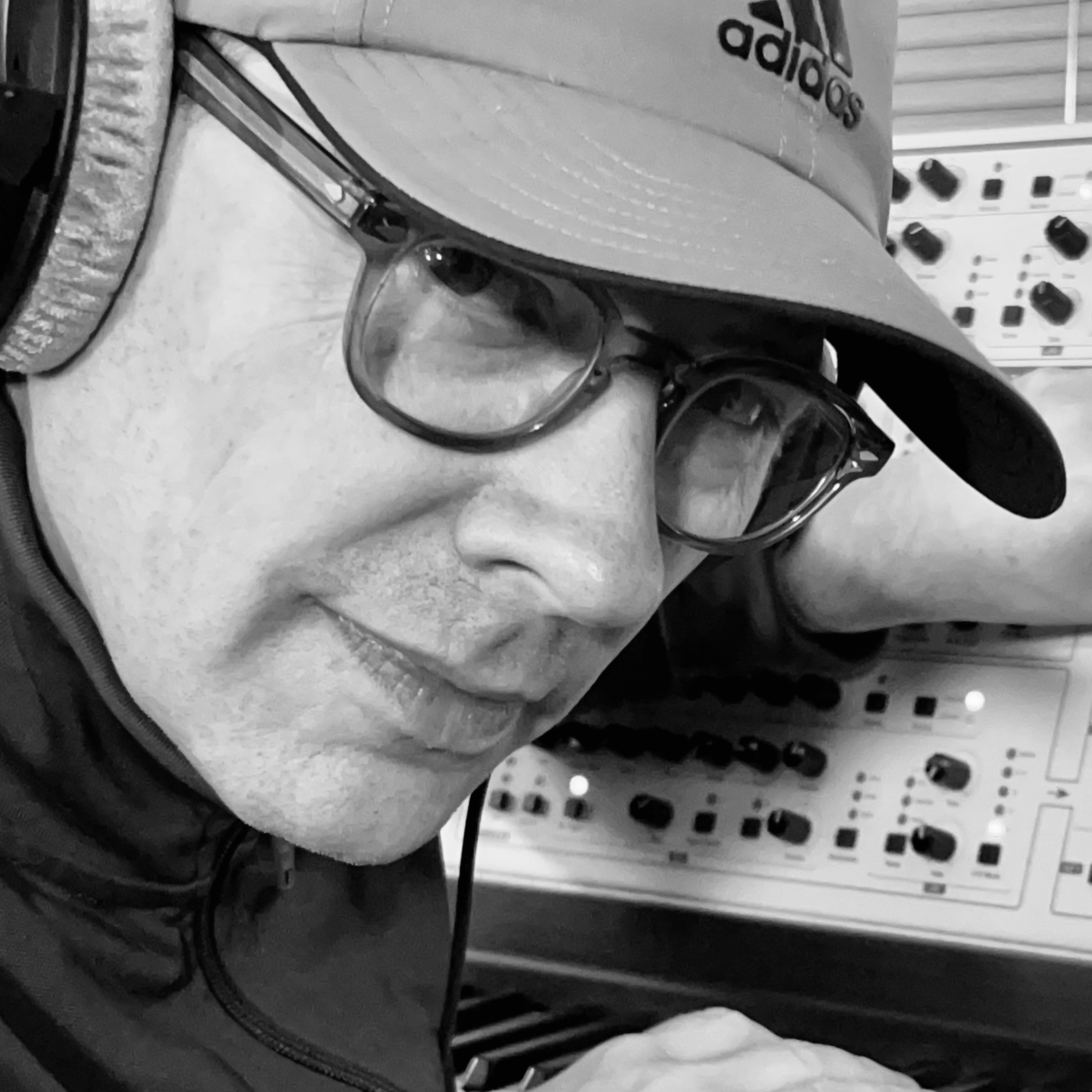“Much like its predecessor, the 909 was also a commercial flop, and arguably more so than the 808”: How the drum machine grew into a viable alternative to real drummers
There's not much early-80s tech that still influences modern creativity, but the dominance of electronic drum sounds stems right back to 1980, and a bizarre series of unfortunate events…
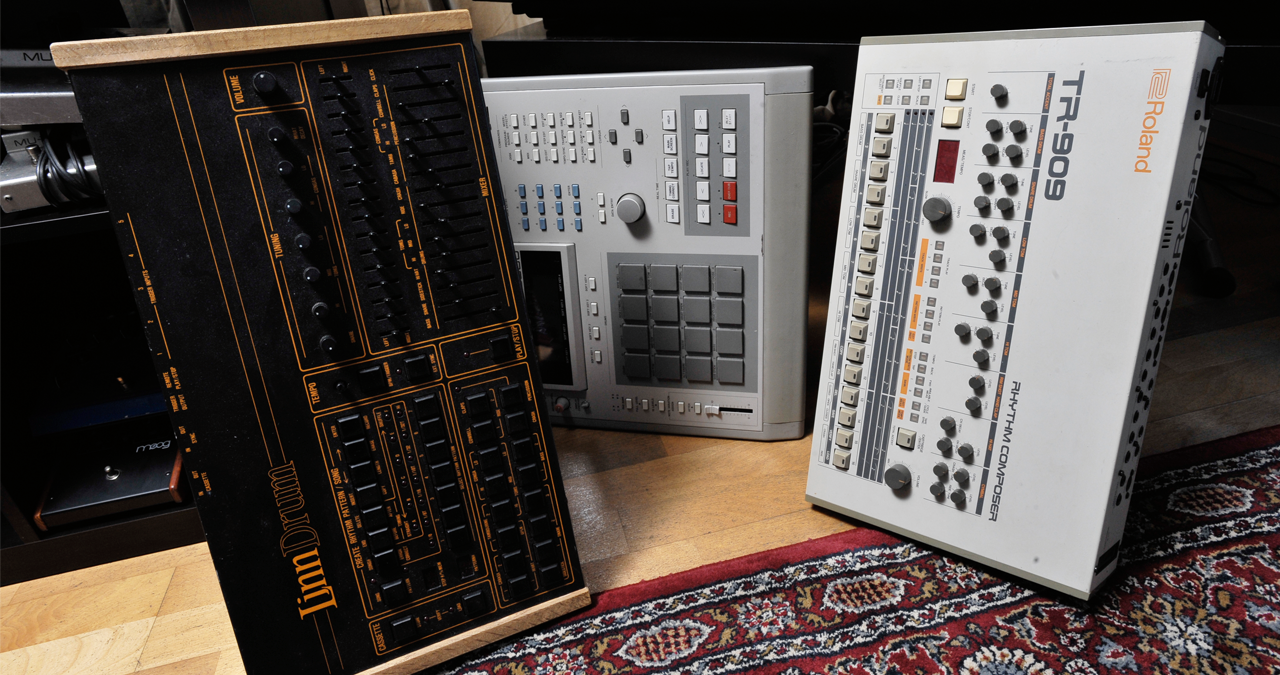
DRUMS WEEK 2025: In the early days of the drum machine, real human drummers could sit comfortably on their stools, as their drum machine rivals harboured a reputation for rigidity and inflexibility in both their feel and programming.
But with the march of time not only did drum machines come of age, but they maintained an exceptionally heavy presence and influence on all electronic drum sounds to follow.
The chances are, you have probably used many of these sounds yourself, and if you don't think you have, it's likely that the sounds you are using are a direct result of heavy influence.
Our first device under scrutiny has also been used on more records than any other drum machine.
The Roland TR-808, is regarded as the grandaddy of the drum machine universe, borne out by its consistent use across so many styles of music, from RnB, pop, ballads, hip-hop, EDM, techno and even the odd jazz record, but life wasn't always so good for the humble 808!
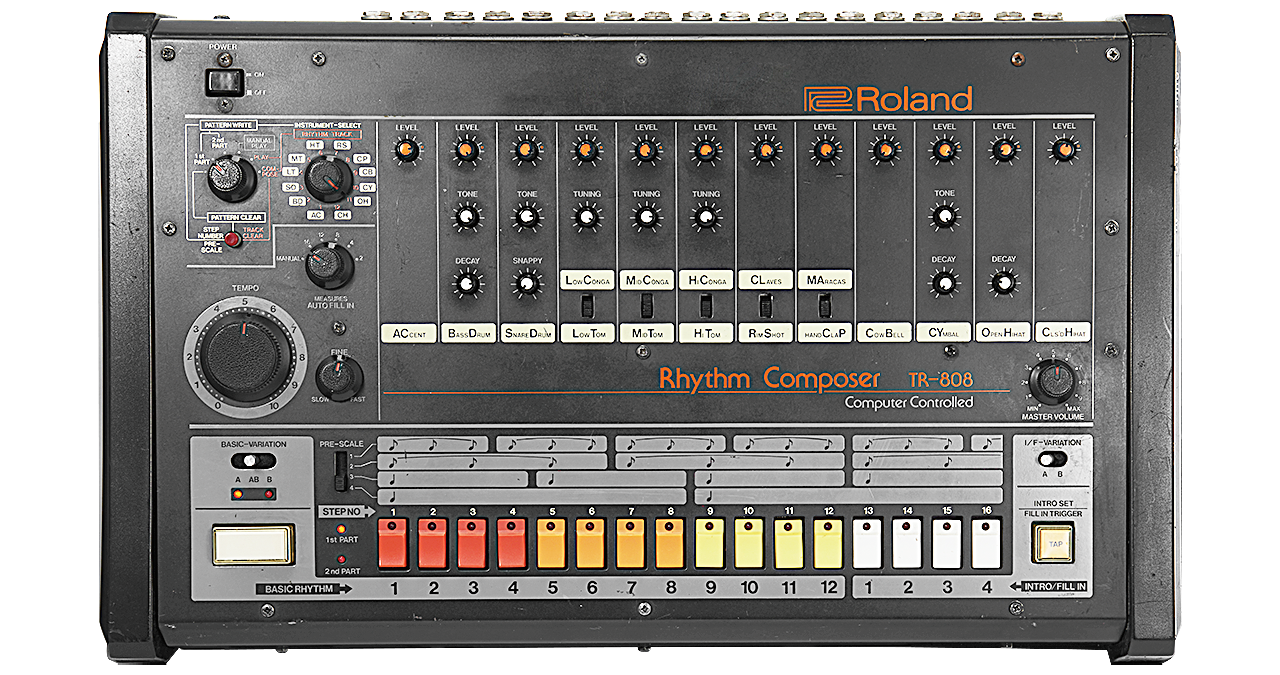
Initially released in 1980, the TR-808 Rhythm Composer was originally designed to be a professional level drum machine, with all the features that working musicians might require, such as individual outputs, synchronisation capability, and a more substantial programming capacity than many previous machines.
The only problem was, it didn't sound much like a real drum kit, and with a hefty price tag of £765/$1195 (that’s £3500 or so in today’s money!), it was far from affordable for most people.
As a side note, Roland liked to call its drum machines 'Rhythm Composers', even though, to be clear, they certainly didn't do any composing themselves!
A disappointment to our childhood-selves who perhaps envisioned the likes of Hal 9000 programming the beats, while C-3PO played bass!
Unfortunately for Roland, the 808 was an overwhelming commercial flop. Production ceased in 1983, due to a shortage of semiconductors that were vital for continuing to producing the units.
In its latter days, Roland tried to cite the 808 as an affordable alternative to the newer and more realistic machines that had started to infiltrate the market, but plummeting prices meant that new and secondhand bargains were abound, leading the 808 toward a resurgence in the DIY world.
It made a comeback in the very same markets that would begin to also fawn over the burgeoning home production tech in the mid-to-late 80s.
The controllable bass drum, with its booming decay phase, was coupled perfectly with the lightweight snare drum and hi-hat. The 808’s character had a pure charm all of its own, which can still be heard on so many contemporary releases - even if the sound is more often than not bolstered by EQ and compression.
Meanwhile, also in 1980, American electronics designer Roger Linn was about to release the first in a series of machines that would seal the initial fate of the 808.
The Linn LM-1 was the first drum machine to use samples, instead of the inherent analog design of its predecessors.
The difference in realism was stark, with reports of ongoing projects removing analog sounds, in favour of the new digital drum machine world order.
While recording their album Dare, The Human League and producer Martin Rushent, replaced all of their analog drum sounds with the LM-1 as soon as the studio they were using to record the album took delivery of one-of-the-first units in the UK.
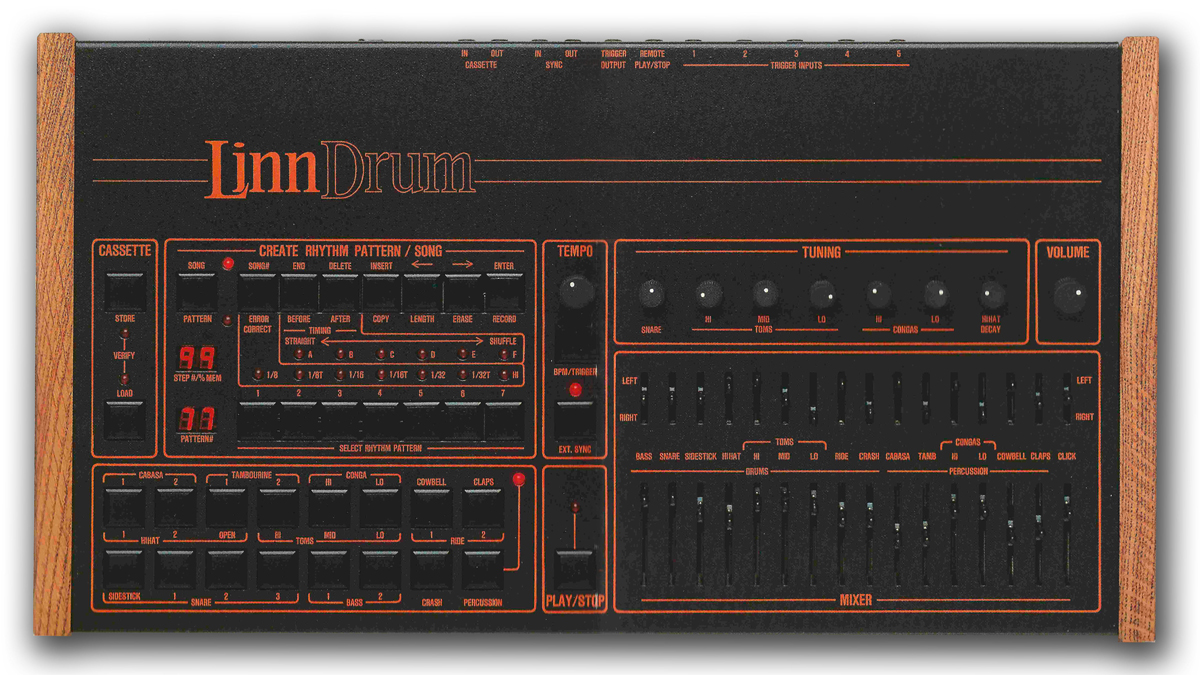
The LM-1 was an enormously influential success, and quickly became a machine of choice for a glittering array of commercial artists, from Prince and Michael Jackson, through to Gary Numan.
What makes the Linn story even more bizarre, is that Roger Linn took a relatively slapdash approach to recording the onboard sounds. The ‘phatt’ snare included on the machine, was created with a friend, who sat in a wardrobe (for the dry acoustic) and just hit a snare a couple of times, with a mic in close proximity!
The bright-but-thumpy kick, coupled with the ‘phatt’ snare and very realistic hi-hats, provided the backbone for a rhythm track which infiltrated the majority of the 80s. It might also explain why certain artists, such as The Weeknd, appear to be linked so heavily with the 80s sound, thanks to the current synth wave movement.
Want all the hottest music and gear news, reviews, deals, features and more, direct to your inbox? Sign up here.
Roland’s response to the popularity of the Linn, was to produce a hybrid drum machine, following in Roland’s numeric line!
The TR-909 (also a Rhythm Composer) was released in 1983, and continued to employ analog technology for the majority of its sound creation, albeit a considerable enhancement over the 808 in terms of sonic realism.
Importantly, Roland chose to sample some of the onboard sounds, with the crash, ride and hi-hats all being supplied and recorded by one of the Roland software designers on the project, Atsushi Hoshiai.
Luckily, he happened to be a drummer and supplied samples of his own kit, at a mere 6-bit-depth rate.
Much like its predecessor, the 909 was also a commercial failure, and arguably more so than the 808. Perhaps because it was fully competing against the designs from Roger Linn, meaning that it quickly made its way to the bargain bins, just in time for younger musicians, eager for a cheap addition to their new 'home' studio, and curious enough to make the minimal investment almost as a punt!
To say that the presence of the 909 became ubiquitous, could be regarded as the understatement of the 90s.
The relentless sound of the closed/open hi-hat pattern, coupled with the 4-to-the-floor pulse of the kick and snare, became the must-have sound for house and trance music.
Unsurprisingly, it infiltrated the pop circuit, enticing underground and mainstream artists alike, from Daft Punk to Madonna.
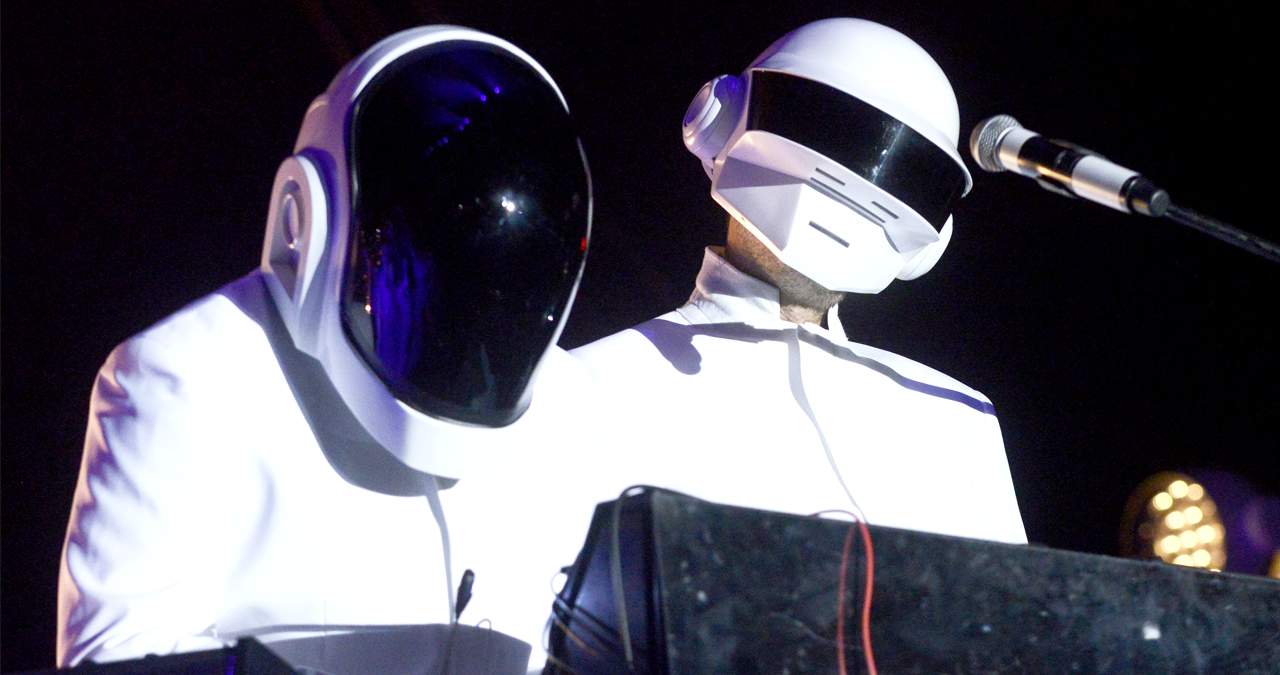
As so many of us already know, the problem with cult equipment is that time has escalated the prices beyond the bounds of us mere mortals. 808s, 909s and Linn machines all attract secondhand prices of many thousands, but is it really necessary to go down this route?
The simple answer is ‘absolutely not!’ Roland took a while to become aware of what it really had with the 808/909 legacy, and wisely decided to re-create these machines in both Boutique hardware and software for a new generation. Embracing their organically-cultivated 'classic' status
In Roland’s own words, it has attempted to recreate the original machines, as people would want them to be today, which means they are equipped with clean sounds which can be easily manipulated, with degrees of control which extend beyond the original machine’s remit.
Unsurprisingly, Roland is not the only company to embrace these machines, with several other companies producing software re-workings, but if you are looking for something analog, without the analog price tag, Behringer has reproduced some very good hardware examples (RD-8/RD-9), for just a few hundred pounds, rather than thousands.
It’s a very similar story with the Linn LM-1, although you will also find some great software examples, including the G-Force software IconDrum which brings all revisions of the Linn samples to the desktop.
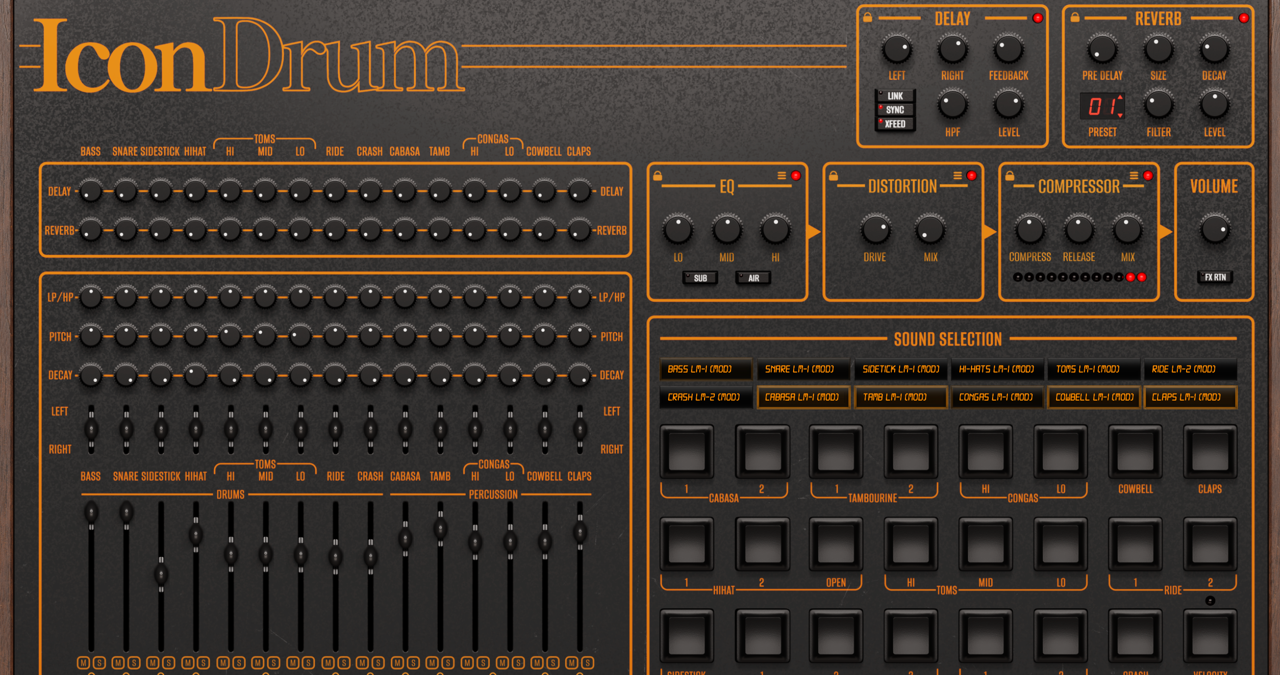
If you yearn for something a little bit different - verging on the bizarre - bear in mind that these classic machines also drew inspiration from many of the home organ-inspired machines from the 70s.
You will find that the secondhand ads and auction sites are littered with interesting, cheap, and in some cases, quite awesome drum machines.
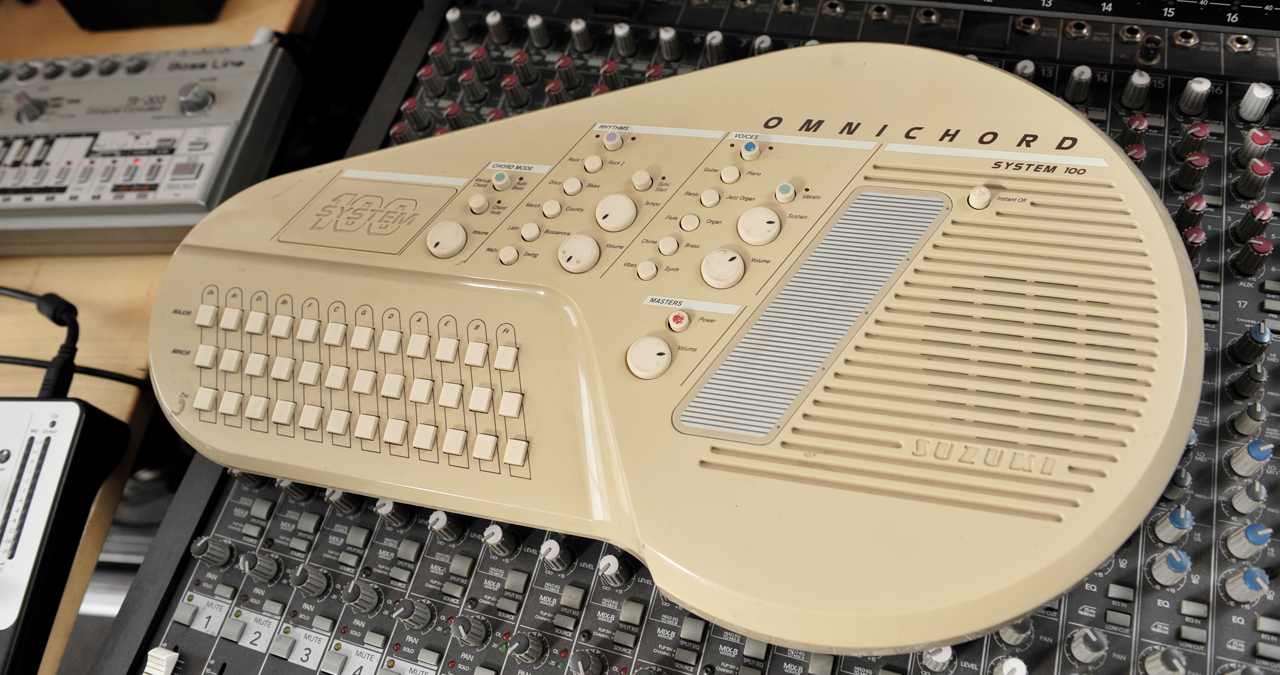
One particular curio, which has been reinvented many times over, is the Suzuki Omnichord; a cross between a home organ, a guitar-of-sorts and a beatbox, it's this device that provided the creative backbone for the Gorillaz track, Clint Eastwood. You’ll hear its home-organistic backbeat running on a single chord for the duration of the tune.
Who said that old tech can’t give you a hit?
Roland Schmidt is a professional programmer, sound designer and producer, who has worked in collaboration with a number of successful production teams over the last 25 years. He can also be found delivering regular and key-note lectures on the use of hardware/software synthesisers and production, at various higher educational institutions throughout the UK
You must confirm your public display name before commenting
Please logout and then login again, you will then be prompted to enter your display name.

